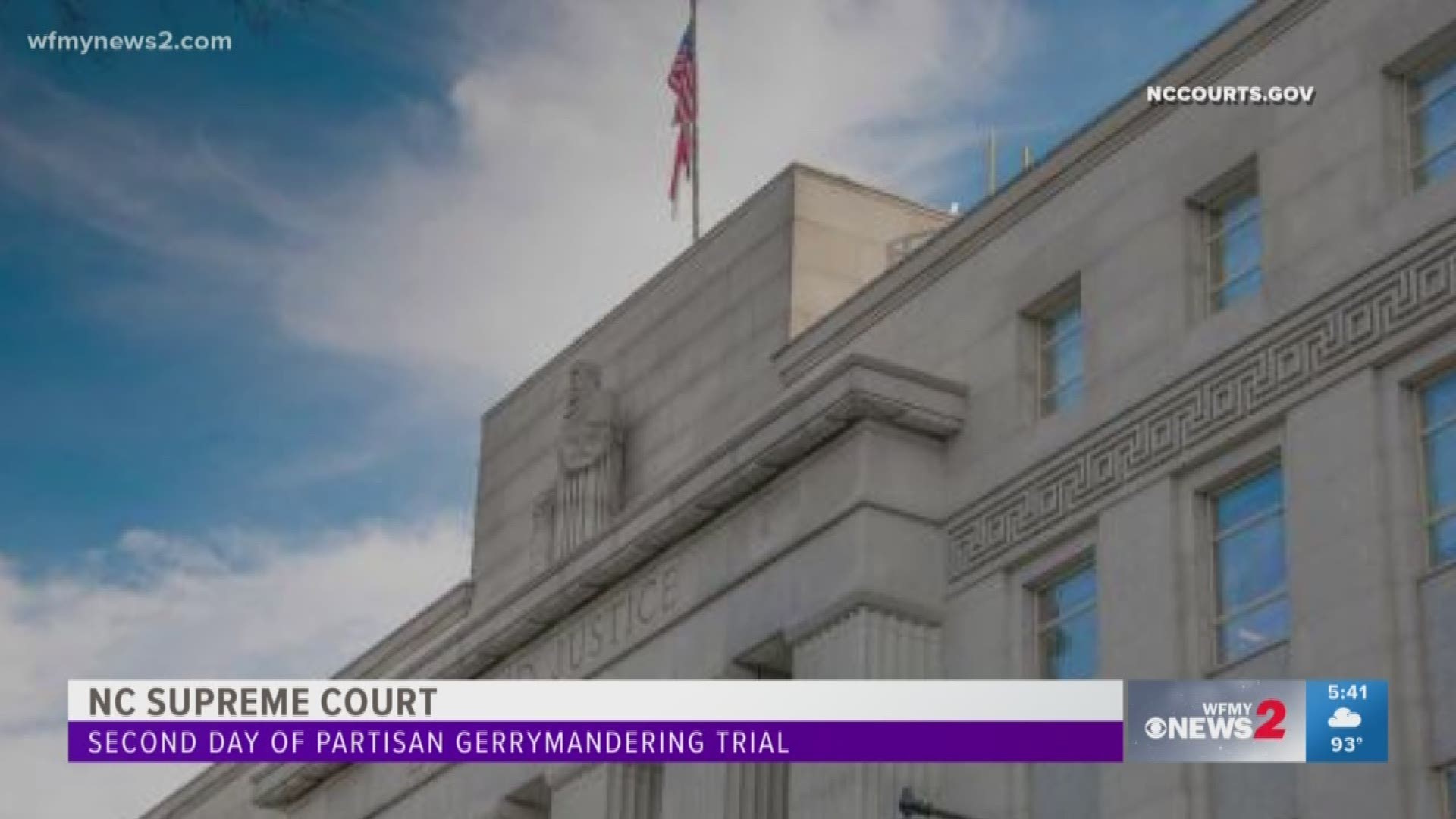NORTH CAROLINA, USA — When you look at North Carolina district maps, it may seem like they were drawn by a kid coloring outside the lines. But they are our voting districts, drawn by own own legislators right here in North Carolina.
It's something we all learn in civics class: When districts are drawn to favor one group over another, it's called gerrymandering. Gerrymandering sometimes gets overlooked, but those lines can ultimately determine whether your vote will make a difference in an election.
This isn’t likely the first time you’ve heard the words gerrymandering and North Carolina used in the same sentence in the last year.
Earlier this year, the U.S. Supreme Court held hearings regarding North Carolina’s heavily Republican congressional map, but ultimately ruled that federal courts would stay out of state matters in shaping their districts.
This time, a North Carolina state court will decide whether state House and Senate district lines are illegally gerrymandered benefiting one political party over another. The trial is expected to last up to two weeks because of how much is at stake.
“The state Supreme Court is basically going to answer, ‘Does the North Carolina State Constitution prohibit gerrymandering or redistricting for political purposes?’” says Jason Husser, professor of Political Science and the director of the Elon Poll at Elon University.
The state Democratic party, Common Cause and 30 North Carolina voters, the plaintiffs in this trial, think the bias is clear, while Republican legislators say this is the Democrats attempt to favor their own outcomes in elections.
If found unconstitutional, the state Supreme Court is expected to strike down the maps drawn and order new maps to be drawn that don’t take politics into account.
The plaintiffs have used past records from a deceased person involved in the redistricting process to show the new district maps favored Republicans.
The U.S. constitution says district maps should be drawn after every U.S. Census. That happens every ten years.The last round of these maps were redrawn in 2017 to correct *racial* gerrymandering before the 2018 election.
Husser says while gerrymandering is nothing new to our nation, what is new is the way officials have been redistricting including the use of computers. In the end, it is still an incredibly complex process.
“None of these are perfect, but the fight is, should we allow overt or at least barely covert political considerations going on in redistricting?” Husser says.
The federal constitution says redistricting must be done after every U.S. Census which happens every ten years.

